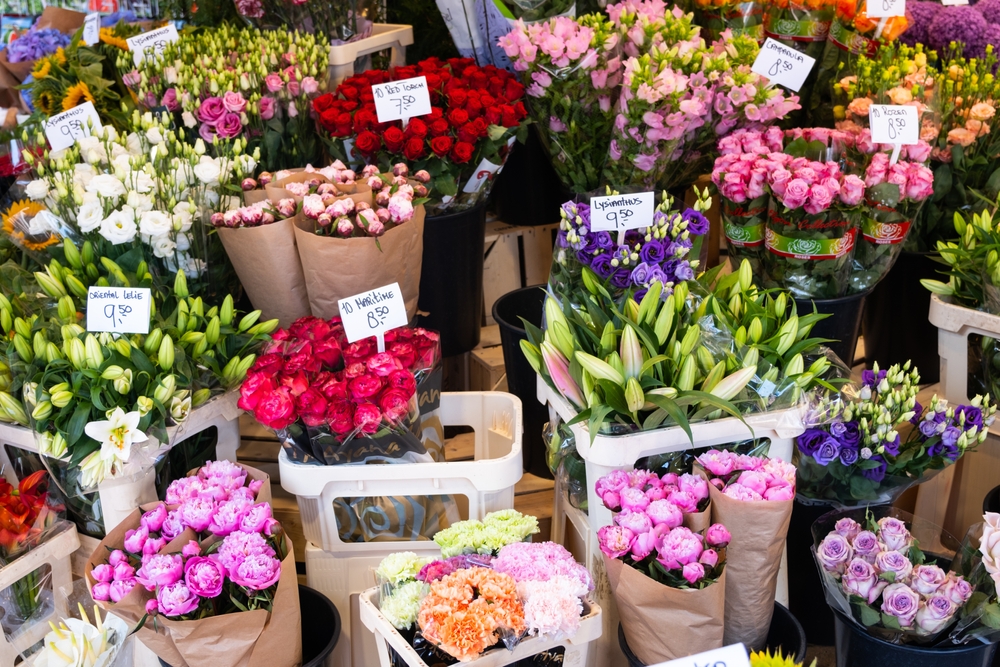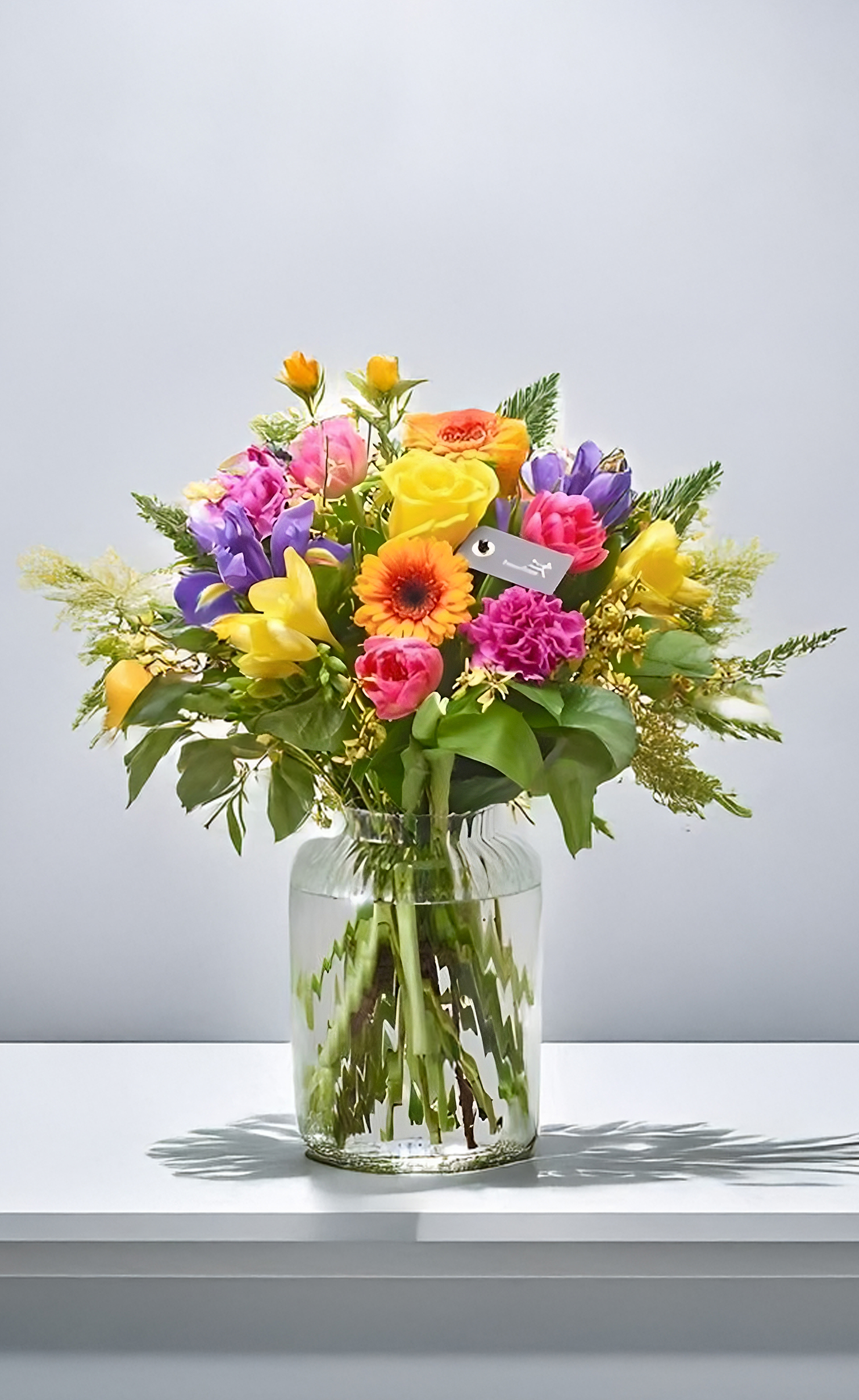Cultural Significance of Flowers: How Different Cultures Celebrate with Blooms
Let's look at how different people include these natural beauties in their customs and how this cultural significance of flowers can help you pick floral gifts for your international friends.

Flowers speak a language that crosses borders. They appear in celebrations around the world, each culture giving them special meaning. Let's look at how different people include these natural beauties in their customs and how this cultural significance of flowers can help you pick floral gifts for your international friends.
Japan Embraces Cherry Blossoms
The Japanese tradition of Hanami dates back many centuries. At this time, people gather under cherry trees when they bloom in spring. They bring food, drinks, and friends to sit beneath the pink petals. This isn't just about seeing pretty trees – it represents the beauty and shortness of life.
The whole country watches weather forecasts to know when the blossoms will appear. The government even releases "cherry blossom front" updates as the blooms move from south to north! If you visit a Valley Stream florist, you might find cherry blossom-inspired arrangements during spring, and you can bring this Japanese tradition closer to home.
India Uses Marigolds for Protection
In India, marigolds show up at almost every celebration. These orange and yellow flowers from around the world decorate doorways, temples, and people. During Diwali, the festival of lights, you can see their homes shine with marigolds strung into garlands.
Weddings feature them too. Couples walk under archways covered in these blooms; it is because Indians believe marigolds bring good luck and keep away negative energy. The bright color represents the sun and positive forces.
Mexico Remembers with Cempasúchil
Day of the Dead in Mexico relies on the cempasuchil flower, which some call marigolds (though they differ from Indian marigolds). You can see a diversity of floral symbolism in this country. At this time, the bright orange blooms create paths from graveyards to homes, guiding spirits back to visit families.
People place these flowers on altars and graves, as the scent supposedly helps souls find their way. Mexican markets sell tons of them in late October, and the countryside turns orange with fields of these special blooms right before the celebration.
Netherlands Celebrates with Tulips
The Dutch relationship with tulips goes back to the 1600s, when people paid house prices for single bulbs! While that "tulip mania" ended, the Netherlands still loves these flowers.
Every spring, Keukenhof Gardens opens with millions of tulips in patterns and rainbow arrangements. Cities hold parades where floats made entirely of tulips roll through streets. The Dutch also send tulips worldwide as gifts and symbols of friendship. Your local Brookville flower shop might source Dutch tulips during the season.
Hawaii Welcomes with Leis
When you arrive in Hawaii, someone might place a flower necklace around your neck. That is because these leis represent love, friendship, and welcome. For them, different flowers create different meanings – orchids for love, and maile leaves for respect.
Making a lei takes time and thought– people string flowers with care, sometimes adding a kiss to each bloom. If someone has placed a lei around your neck, you should wear the gift with respect, never throw it away carelessly, and ideally wear it until the flowers fade. Flower customs around the world like this one show how blooms mark important moments and transitions.
China Reveres the Lotus
Chinese culture sees the lotus as special because it grows from mud yet remains clean and beautiful. This represents rising above difficult conditions. Buddhists connect the lotus to spiritual growth.
During the Mid-Autumn Festival(Moon Festival), lotus lanterns light up lakes and rivers in the country. There, people also eat moon cakes filled with lotus seed paste. You can also see artists paint these flowers in many traditional works, showing their importance to Chinese thought. You can see that the cultural significance of flowers in China extends beyond decoration to philosophy and spiritual symbolism.
Russia Gives Flowers in Odd Numbers
Russians love giving flowers but follow strict rules. Never give an even number – those go to funerals! Odd numbers mean good wishes and happy occasions.
For Russian people, red roses indicate romantic love, while yellow blooms signify friendship or potential betrayal (an old superstition). When visiting someone's home, you can also see them always bring flowers for the hostess. They never arrive without this gift, considering it basic politeness.
When ordering from Flowers in Valley Stream NY for international friends, knowing these customs can help you avoid cultural misunderstandings. So, why are you waiting? Visit Central Florist online and order flower delivery in your area today for a friend or just to enjoy the season!



